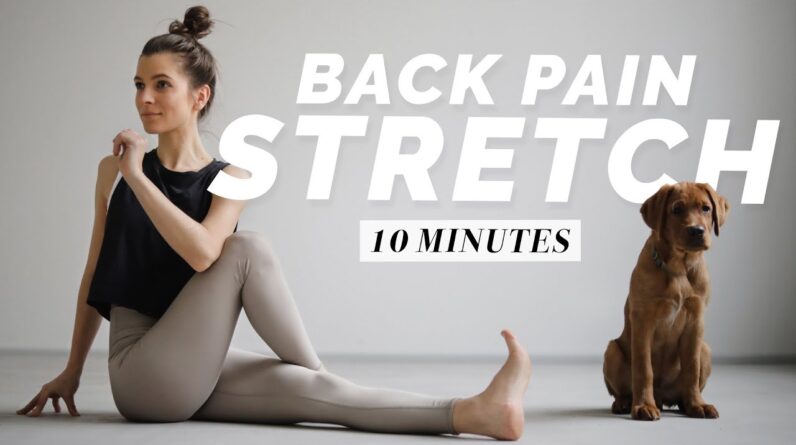If you’re looking to improve your balance and flexibility, try a few standing yoga poses. From mountain pose to tree pose, there are a variety of options to choose from. And, no matter your skill level, you can find a pose that’s just right for you.
Introduction to Standing Yoga Poses
Standing yoga poses are a great way to start your day or practice yoga at any time. They help to build strength and flexibility in your body and mind. There are many different standing yoga poses, each with their own benefits.
One of the most popular standing yoga poses is the mountain pose. This pose helps to improve your balance and posture. It also helps to stretch your back and legs.
Another popular standing yoga pose is the warrior pose. This pose helps to build strength in your legs and arms. It also helps to improve your flexibility.
There are many other standing yoga poses that you can try. Experiment and find the ones that work best for you. Remember to breathe deeply and focus on your breath as you hold each pose.
The Benefits of Standing Yoga Poses
Standing yoga poses offer a host of benefits, including improving balance, flexibility, and strength. They can also help to improve your posture and circulation. In addition, standing yoga poses can help to relieve stress and tension.
The Different Types of Standing Yoga Poses
Standing yoga poses are a great way to improve your balance and flexibility. There are many different types of standing yoga poses, each with its own benefits. Here are some of the most popular standing yoga poses:
1. Warrior I Pose: This pose is great for improving balance and stability. It also helps to stretch the hips and thighs.
2. Warrior II Pose: This pose is similar to Warrior I, but with the legs in a wider stance. It helps to improve your balance and flexibility, and is also great for stretching the hips and thighs.
3. Triangle Pose: This pose is great for stretching the sides of the body and the legs. It also helps to improve your balance.
4. Half Moon Pose: This pose is great for stretching the hamstrings and the sides of the body. It also helps to improve your balance.
5. Tree Pose: This pose is great for improving balance and focus. It also helps to stretch the legs and feet.
How to Do Standing Yoga Poses
To do standing yoga poses, start by standing up straight with your feet together and your hands at your sides. Then, raise your arms overhead and interlace your fingers. Next, bend forward at the waist and touch your toes. Finally, stand up straight again and raise your arms overhead.
Tips for Doing Standing Yoga Poses
There are many benefits to doing standing yoga poses, including improved balance and posture, increased strength and flexibility, and improved circulation. However, it is important to do these poses safely in order to avoid injury. Here are some tips for doing standing yoga poses safely:
1. Make sure that you have a strong foundation by standing with your feet hip-width apart and your weight evenly distributed between both feet.
2. Use your breath to help you find your balance. Inhale as you raise your arms overhead, and exhale as you bring your arms back down to your sides.
3. Keep your abdominal muscles engaged to help support your spine.
4. Be aware of your alignment and make sure that your knees are not locked and that your hips are not tilted forward or backward.
5. Move slowly and deliberately, paying attention to how your body feels.
6. If you feel any pain, stop and modify the pose as needed.
By following these tips, you can safely enjoy the many benefits of standing yoga poses.
Conclusion
When you come to the end of your yoga practice, it’s important to spend a few minutes in savasana (corpse pose). This gives your body a chance to absorb all the benefits of the poses you’ve just done. It also allows your mind to quiet down and be present in the moment.
To get into savasana, lie flat on your back with your feet hip-width apart and your arms at your sides. You can have your palms facing up or down, whichever is more comfortable for you. Close your eyes and take a few deep breaths. Let your whole body relax and release any tension you may be holding. Stay in savasana for 5-10 minutes.
When you’re ready to come out of savasana, take a few deep breaths and slowly roll to your right side. Stay here for a few moments before slowly pushing yourself up to a seated position.







